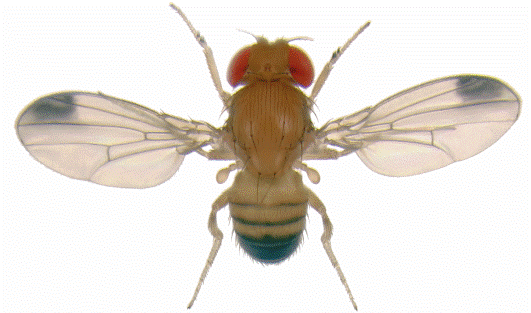Fruit Flies Reveal the Secret of Smell
For years scientists believed that were able to detect smells when the receptors in our olfactory region of our nose matched the shape of the odour molecules. In essence, the odour molecule locked into the receptor that fit their shape. However, after an extensive study using fruit flies, a scientist in Greece has revealed that it isn't only about the shape of odour molecule that counts but also how it vibrates. This explained why similar shaped molecules could have different smells, (amazingly the molecules that gives us the smell of vodka and rotten eggs are almost identical). It also explains how we can detect thousands of different smells yet have only a few hundred different types of olfactory receptor.
Using two similar smelly chemicals (acetophenone and deuterated acetophenone) which have the same molecular shape, the scientists placed fruit flies in a maze, with both chemicals on either end. The fruit flies consistently chose one chemical over the other, ruling out the shape theory. The chemicals differed only by one chemical; one contained hydrogen and the other deuterium (essentially hydrogen with an added neutron in its nucleus), which vibrate at different frequencies. The team of researchers came to the conclusion that it was the vibrations of the molecules as they entered the receptors that determine their smell.


Comments